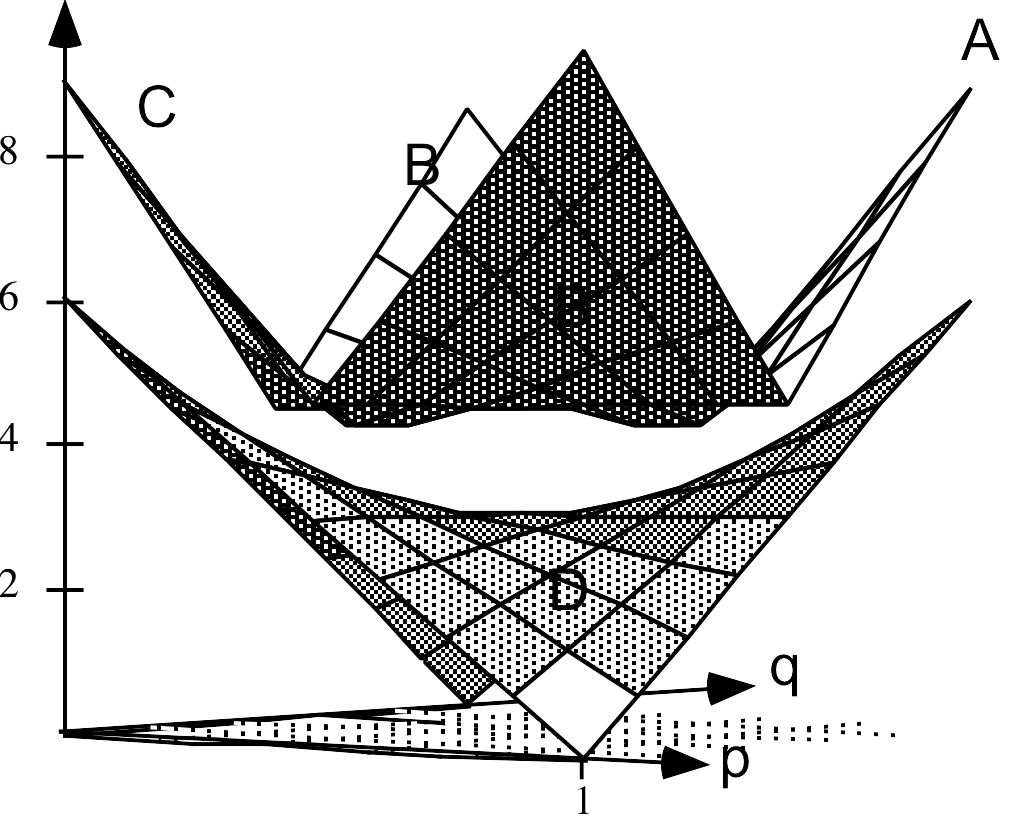
Abstract
What predictions can we make about a game’s outcome if we only assume that the players are rational? We typically won’t be able to make a unique prediction; instead we’ll usually find a multiplicity of outcomes which are consistent with the rationality of all the players.
To begin our analysis we discuss the concept of strategic dominance. Then we will turn to the more precisely relevant concept of “never a best response.” These notions will be the foundation for our study of nonequilibrium solution concepts. These concepts are nonequilibrium in the sense that they typically admit outcomes which are not Nash equilibria. If we can make a useful prediction using only nonequilibrium analysis, our conclusion can be much more compelling than if we had achieved the same result using the much stronger (and frequently more dubious) assumptions required by equilibrium analysis. Furthermore, by applying nonequilibrium techniques in our initial analysis of a game we will frequently greatly simplify our subsequent equilibrium analysis.
A strategy for a player is dominated if there exists another strategy for her which is better for her no matter what choices the opponents make. A rational player would never play a dominated strategy. We define what it means for a pure strategy to be dominated by another pure strategy, for a pure strategy to be dominated by a mixed strategy, and then for a mixed strategy to be dominated by a pure or mixed strategy.
Because a rational player would never play a dominated strategy, we can sometimes use a dominance analysis to rule out some outcomes as possibilities when the game is played by rational players. In some games a dominance analysis leads to a unique prediction of the outcome when players are rational; we say that these games are dominance solvable. More generally, dominance analysis may reject some outcomes as impossible when the game is played by rational players but still leaves a multiplicity of outcomes.
Closely related to the concept of a strategy being dominated for a player is the idea that this strategy is “never a best response” for that player: No matter what beliefs she has about the actions of her opponents, she could not rationally choose to play that strategy. If a strategy is dominated, it can never be a best response. However, it is not obvious that the implication holds in the reverse direction. Therefore the set of strategies which are never best responses is weakly larger than the set of dominated strategies. An analysis based on whether strategies are possibly best responses does exhaust the implications of all players being rational. We will see that in two-player games a strategy is never a best response if and only if it is dominated. However, for games with three or more players, it is possible that an undominated strategy will yet never be a best response. Therefore we can sometimes rule out as a plausible choice a strategy even when it is undominated. For more-than-two-player games, then, a dominance argument need not fully exploit the assumption that all players are rational.






